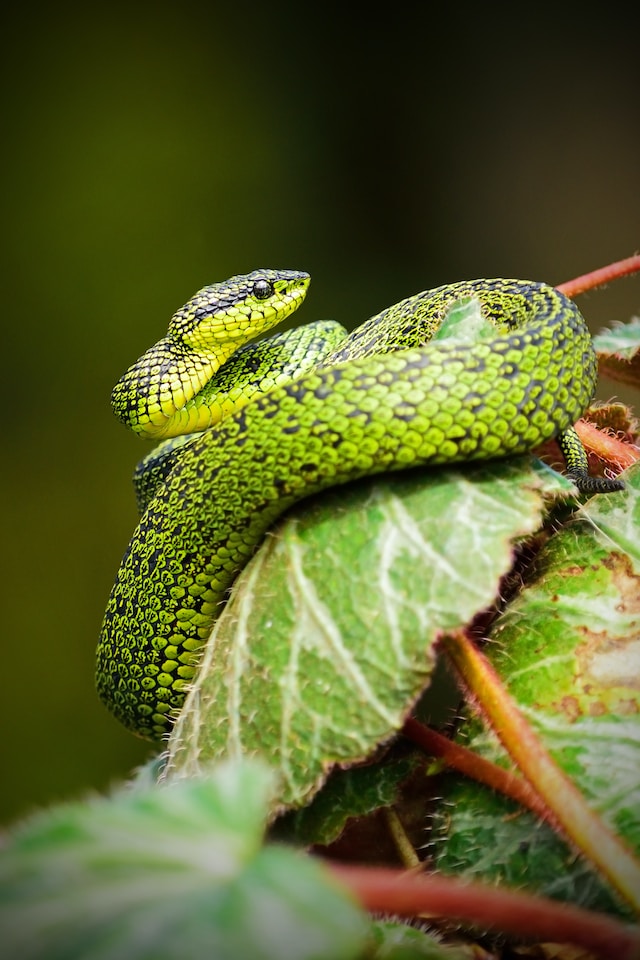Introduction: Snakes have fascinated humans for centuries with their striking and diverse array of colors. From vibrant reds to electric blues, these serpents showcase a mesmerizing spectrum that leaves us in awe of nature’s artistry. But what lies behind these captivating hues? The science behind snake coloration unravels the intricate processes and evolutionary adaptations that have shaped these remarkable creatures. In this article, we delve into the scientific mechanisms that give rise to snake coloration, shedding light on the fascinating world of reptilian pigments and patterns.
- Pigments: Melanin and Beyond One of the key factors influencing snake coloration is the presence of pigments. Melanin, a pigment responsible for dark colors, plays a significant role in creating black, brown, and darker shades in snakes. It is produced by specialized cells called melanocytes. In contrast, lighter colors such as yellows, oranges, and whites are often the result of different pigments, such as xanthins and pterins. These pigments interact with light in various ways, resulting in the vibrant hues we observe.
- Structural Coloration Not all snake colors are solely due to pigments. Structural coloration is another mechanism responsible for the striking hues seen in snakes. Structural colors are created by the interaction of light with microscopic structures present in the snake’s scales. These structures can reflect, refract, or scatter light, resulting in vivid colors that can change depending on the angle of observation. The iridescent blues and greens seen in some snakes, such as the Blue Malayan Coral Snake or the Green Tree Python, are a result of structural coloration rather than pigmentation.
- Camouflage and Adaptation Snake coloration serves a variety of purposes, with camouflage being one of the most significant. Snakes that inhabit specific environments, such as forests or deserts, often display color patterns that enable them to blend seamlessly into their surroundings. This camouflage helps them evade predators and enhances their chances of successfully ambushing prey. For example, the speckled pattern of the Western Diamondback Rattlesnake mimics the dappled sunlight and shadows found in arid landscapes, effectively concealing the snake.
- Warning Signals and Mimicry Snake coloration can also act as a warning signal, communicating potential danger to predators. Brightly colored snakes, such as the Coral Snake, often possess venomous attributes and use their vivid colors as a deterrent. Other non-venomous snake species, known as Batesian mimics, mimic the appearance of venomous snakes to avoid being preyed upon. This form of mimicry allows them to benefit from the warning signals associated with venomous species, without actually possessing their venomous characteristics.
- Genetic and Environmental Factors Snake coloration can be influenced by a combination of genetic and environmental factors. Genetic variations can give rise to different color morphs within a species, leading to individual snakes with unique colors and patterns. Additionally, environmental factors such as temperature and diet can also affect the intensity and expression of certain colors. This interplay between genetics and the environment adds another layer of complexity to snake coloration.
Conclusion: The science behind snake coloration reveals a fascinating world of pigments, structural adaptations, and evolutionary strategies. From the interplay of melanin and other pigments to the marvel of structural coloration, these mechanisms contribute to the dazzling array of hues seen in snakes. Whether it’s for camouflage, warning signals, or mimicry, snake coloration showcases nature’s ingenuity and the intricate relationship between form, function, and survival. By delving into the science behind snake coloration, we gain a deeper appreciation for the wonders of the natural world.




